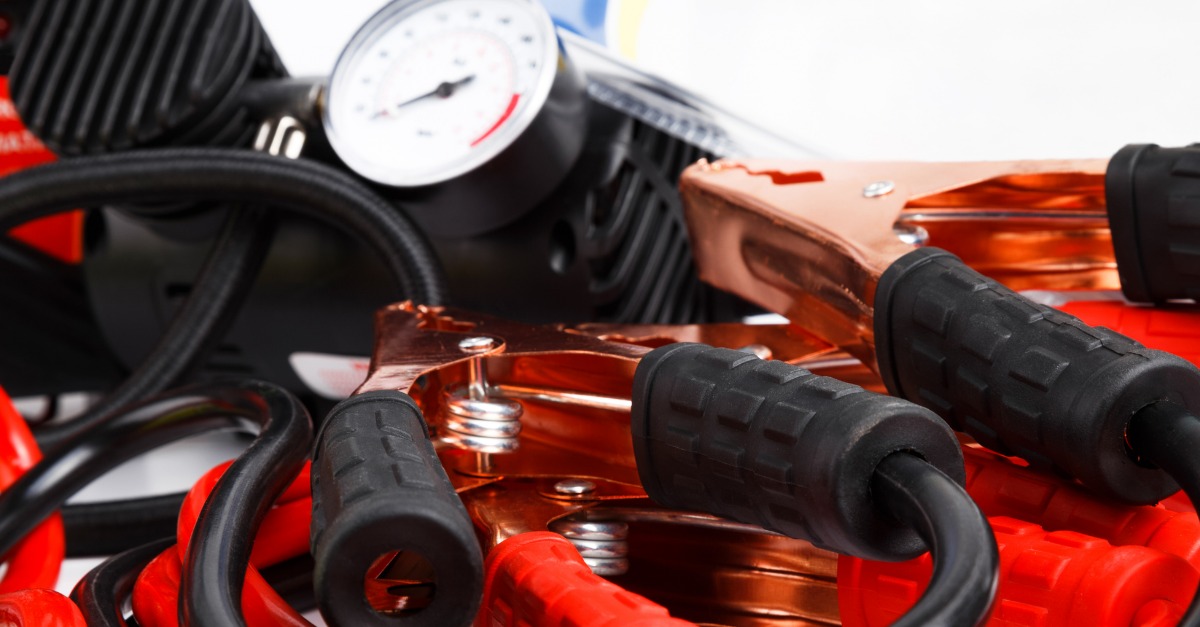
It’s important to always be prepared for an emergency on the road. As a truck driver, you never know when you might get stuck somewhere because of bad weather, traffic, or a broken down rig. And you don’t want to end up stuck without supplies to keep you safe and get you back on the road.
Where should you store an emergency kit?
Before we talk about what specific things should be in an emergency kit, it’s important for you to figure out where you’re going to keep it. You want it to be accessible in an emergency, but you don’t want it to be in the way of your regular driving and job duties. Every truck is different, so when you’re planning your next route, sit in your cab for a few minutes and find a place that is out of the way but still accessible if something happens.
Keep your whole kit together as much as possible. This can mean keeping it all in a backpack or storage bin in your truck. You don’t want to have to hunt down your jumper cables if they’re not in the box with the rest of your emergency stuff.
What should I keep in my truck for emergencies?
You can buy some pre-assembled kits online, but putting together your own will allow you to customize endlessly, and you’ll never wonder if something is in your emergency kit or not because you know exactly what’s in it.
Below are some items that our drivers have found helpful to keep in their cabs in case of emergencies. But this is not a one-size-fits-all solution. Please consider your specific situation and adapt anything on this list to your needs. And if you think of something later, you can always add it to your emergency kit before your next run.
- Bottles of water
- Non-perishable food (protein bars, beef jerky, peanut butter, etc)
- First aid kit
- Emergency contact phone numbers
- Spare set of clothes for warm and cold weather (warm socks, hat, snow jacket, gloves/mittens, snow pants, winter boots, t-shirt, underwear, shorts, etc)
- Portable charger bank (for phone and other accessories)
- Extra pair of glasses or contacts
- Cash
- Extra medication
- Hand and feet warmers
- Utility knife
- Sleeping bag
- Safety vest
- Ice cleats
- Warning flag
- Atlas or Thomas Guide
- Matches and candles
- Face masks (N95 or KN95) and hand sanitizer
- Flashlight and extra batteries
- Emergency warning triangles
- Tire pressure gauge
- Breaker bar
- Basic tool kit
- Zip ties
- Wheel chocks
- Jumper cables
- Tarp
- Snow shovel
- Ice scraper/snow brush
- Fire extinguisher
Remember that this kit must be separate from your regular bag that you take on your routes. Don’t break into your emergency stash of peanut butter crackers and tuna unless it’s actually an emergency. You don’t want to deplete your rations in a fit of hunger and then really need that food later, so make sure to pack snacks as part of your regular gear that you take on the road.
It is also important to keep a list of what is in your emergency kit. We recommend keeping two copies of the list: one with the emergency kit itself, and one in your glove box or somewhere easily accessible so that you can quickly check if you have something you think you may need.
Get in the Driver's Seat - Download TF1 Now!
With over 100,000 CDL jobs available annually, TransForce Group is the #1 choice for drivers. Create your profile now to start receiving alerts for jobs that match your personal and professional goals.

